I shiver a little when I think of the amount of polyester curtains and PVC blinds I have put into various interior design projects over the years. We are bombarded in the shops with pretty curtains and other soft furnishings – but the problem is that the majority of them are created from man-made fibres such as polyester (plastic!). These inevitably end up in landfill, don’t biodegrade, and cause harm our lovely little planet.
I wish I had been more educated on this issue in the past. Now that I am aware, I am making more mindful choices when selecting curtains and blinds – And what a beautiful selection there is!
1. Choose Your Natural Curtain Style and Colour
Always check the label to see what the curtains are made from. In many cases, you will see that they are 100% polyester, or polyester blended with other materials. Seek out curtains made from pure linen, organic cotton, hemp or other natural fibres. Natural textiles are much kinder to the earth, and they will never, ever go out of fashion!
Natural Tones – Heavy inter-Lined Linen Curtains
Natural linen fabric has a beautifully unique texture and a gorgeous drape. Curtains made from natural linen are so timeless, elegant, and one of the most ecological choices on the market. Linen curtains suit any style of interior, working equally well in a classic, traditional or contemporary context.
Sumptuous, interlined linen curtains not only look luxurious, but they will also significantly help with acoustics (buffer noise from outside), blocking out daylight, and insulation (keep the heat in!).
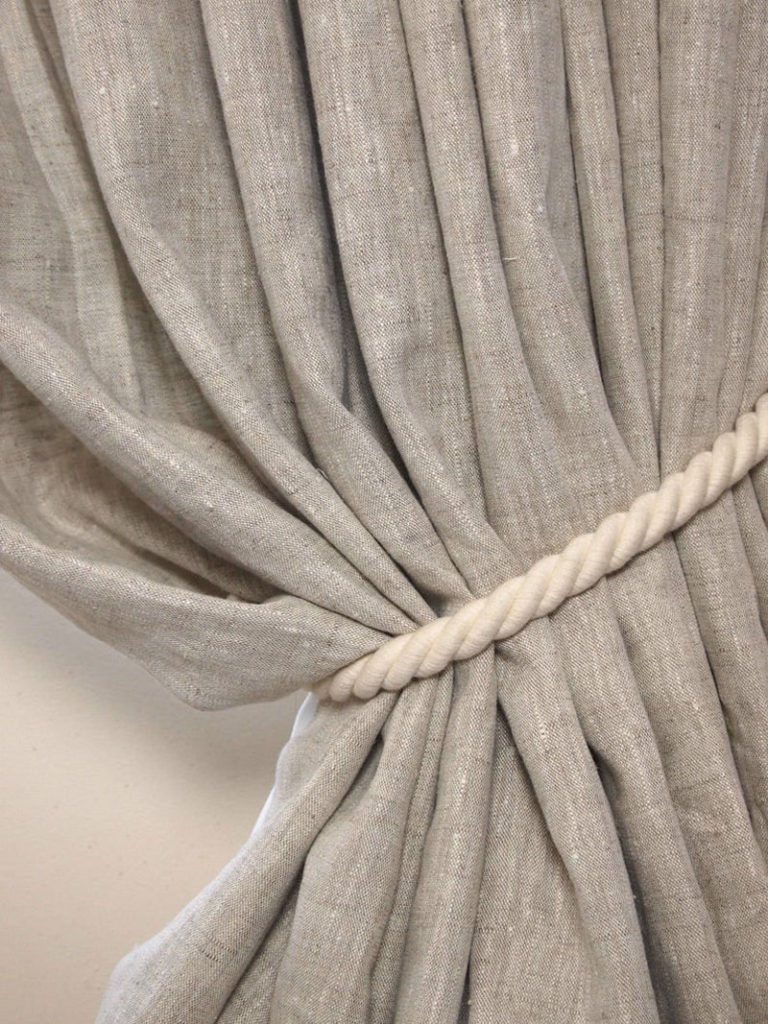
Natural Tones – Lightweight Unlined Linen Curtains
Unlined linen curtains add texture and an airy feel to any room. Their soft, lightweight drape gently diffuses sunlight while still keeping your interior bright. Pair these with window blinds if you require more privacy or daylight control.
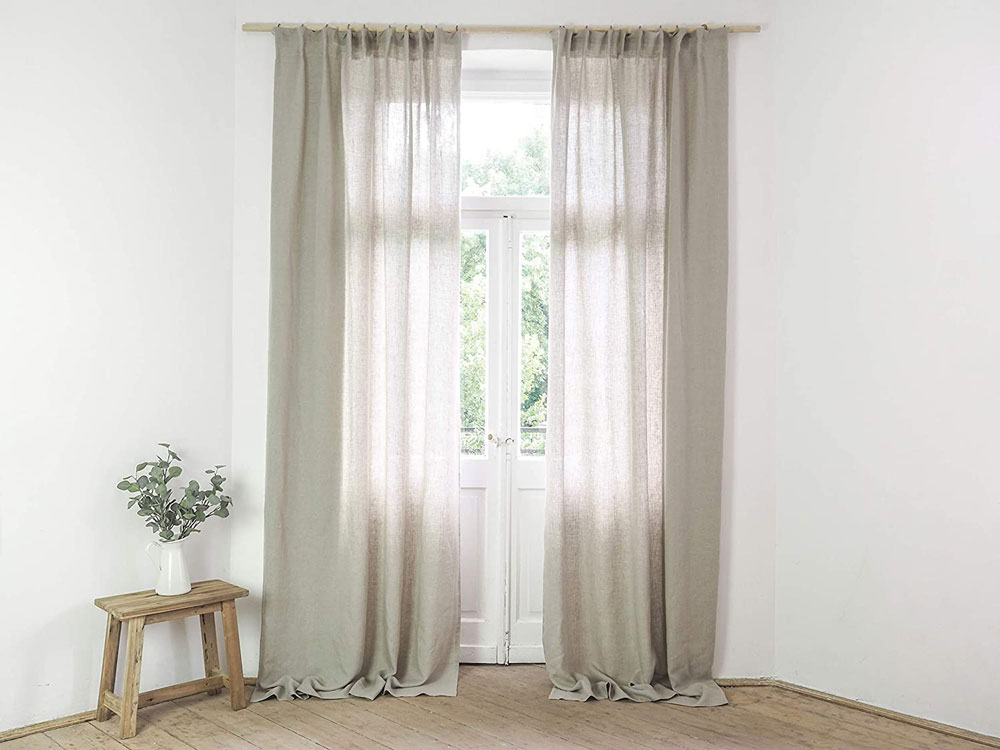
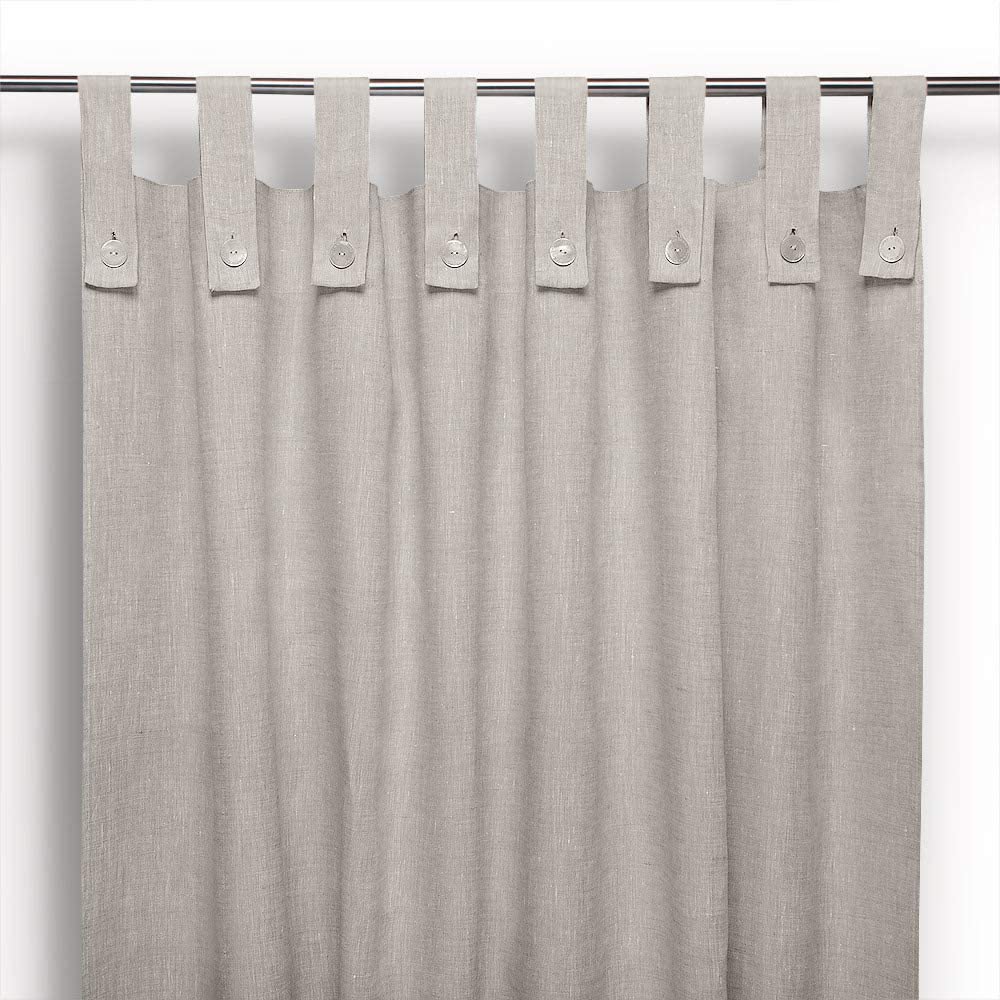
lightweight linen in Soft, muted Colours

be Bold with a stronger punch of colour!
If muted and neutral is not for you, choose from a vast range of coloured linen, like these curtains in a striking, earthy shade of amber! These come in almost any colour!
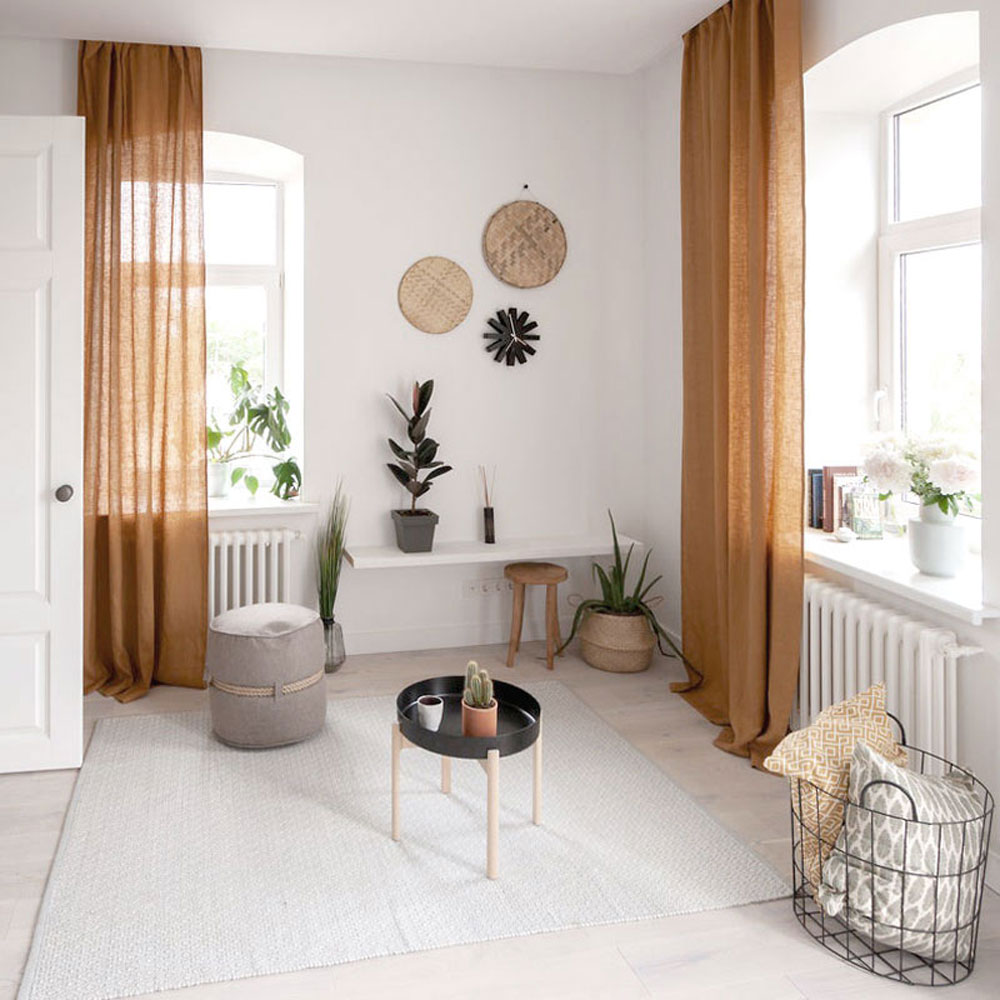
Textured Cotton
Cotton is another natural fabric option. Not quite as eco-friendly as linen, but certainly still a great, natural choice. I love the subtle blue thread and the charming little tassel details of these textural cotton curtains.
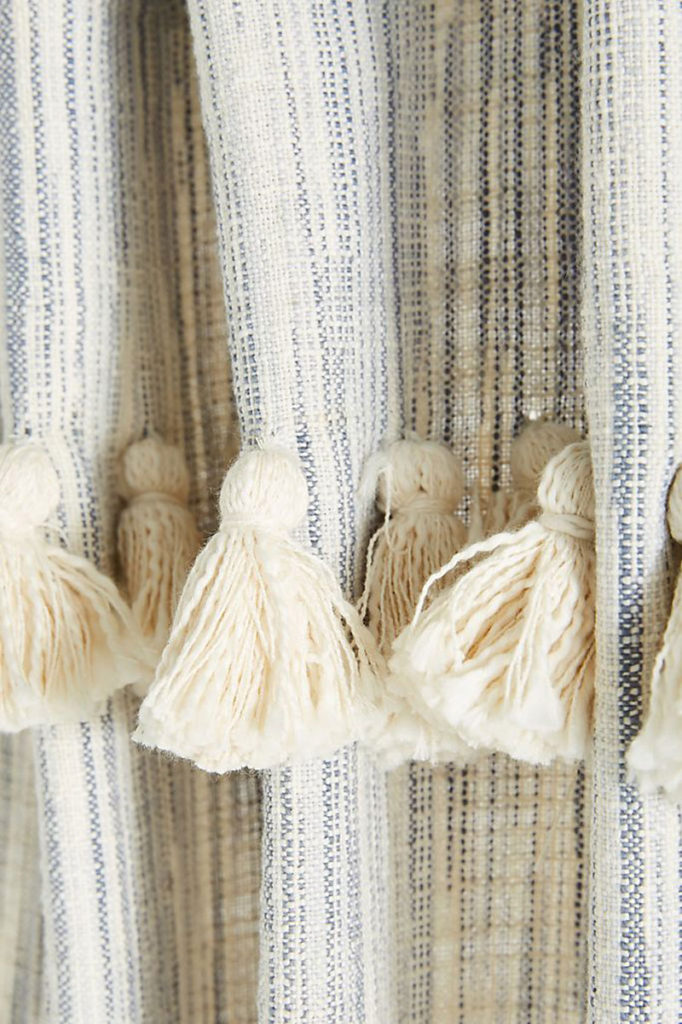
2. Decide on your Curtain Pole and Finial Style
You can choose from endless styles of curtain poles and finials. Wood poles in either stained or natural finish are probably the most environmentally-friendly choice. A secondary choice would be metal and there are many finishes available – aluminium, stainless steel, brass or copper in various styles from simple to ornate; brand new to antique vintage. Steer clear of any plastic finishes and go for natural, sustainable materials.
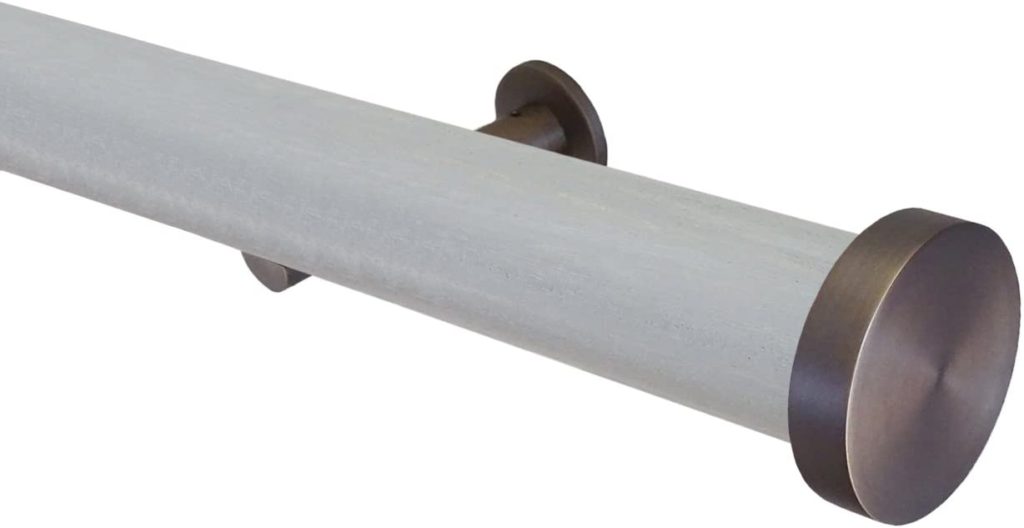

3. Measure Up to Ensure the Correct Hanging Height and Width
Always – (I repeat, always!) – hang your curtain rod as close to the ceiling as possible. Curtains running floor to ceiling make the room and the window appear larger. Hanging a curtain rod too low down over the top of the window can ‘dwarf’ the window and often doesn’t look quite right.
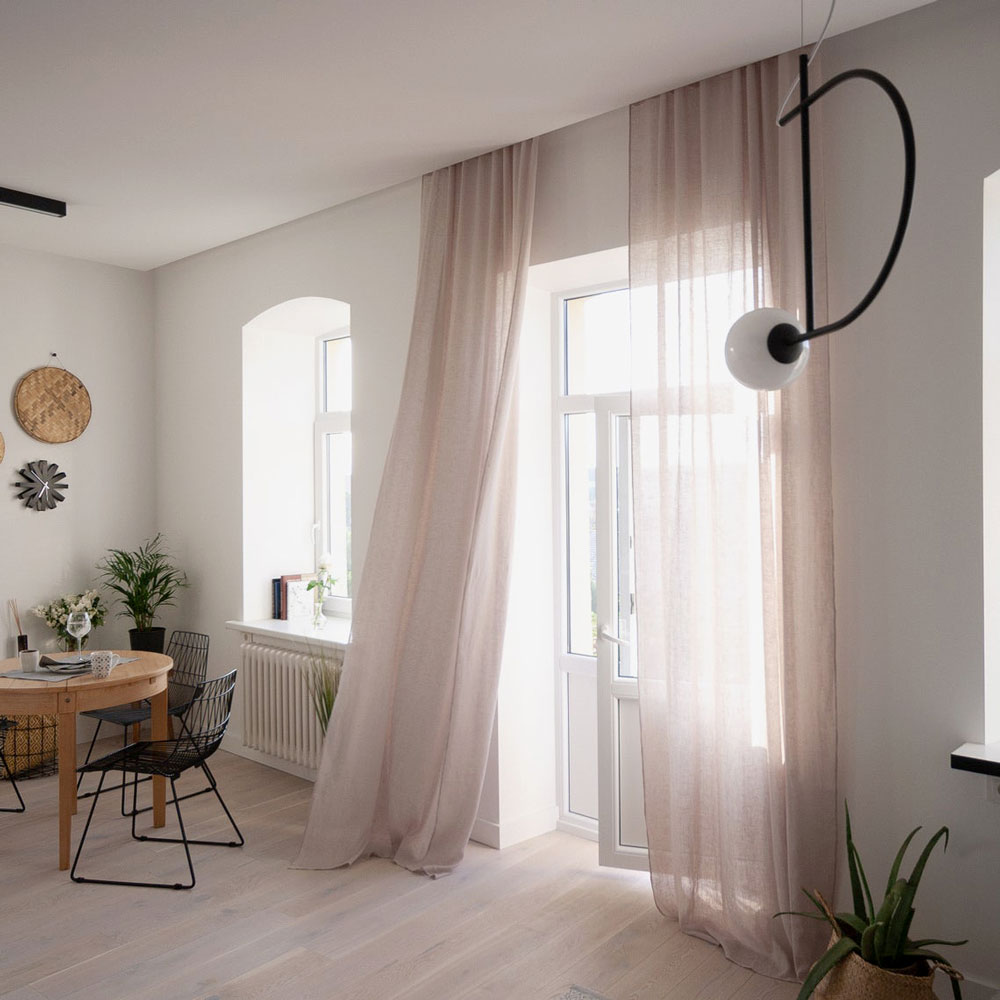
At the very least, curtains should graze the floor. Please, for the love of God, don’t have them floating inches off the ground! Speaking from experience here! During my own apartment refurbishment, the builder was kindly hanging the curtain pole in my bedroom but did not install it at the height I had requested. At the time, I didn’t want to bother him by asking him to re-do it (I was picking my battles) but have regretted it ever since. The curtains now hang in mid-air, a few inches off the floor!
I generally love to drape curtains slightly oversized, so that a small amount of fabric delicately pools on the floor. This is personal preference though, as some people prefer the end of the drapes to just barely ‘kiss’ the floor – which is perfectly fine too. Depending on what style you select, you can hang your curtains with clips, hooks, rings or by threading the curtain pole through rod pockets, tabs or metal eyelets.
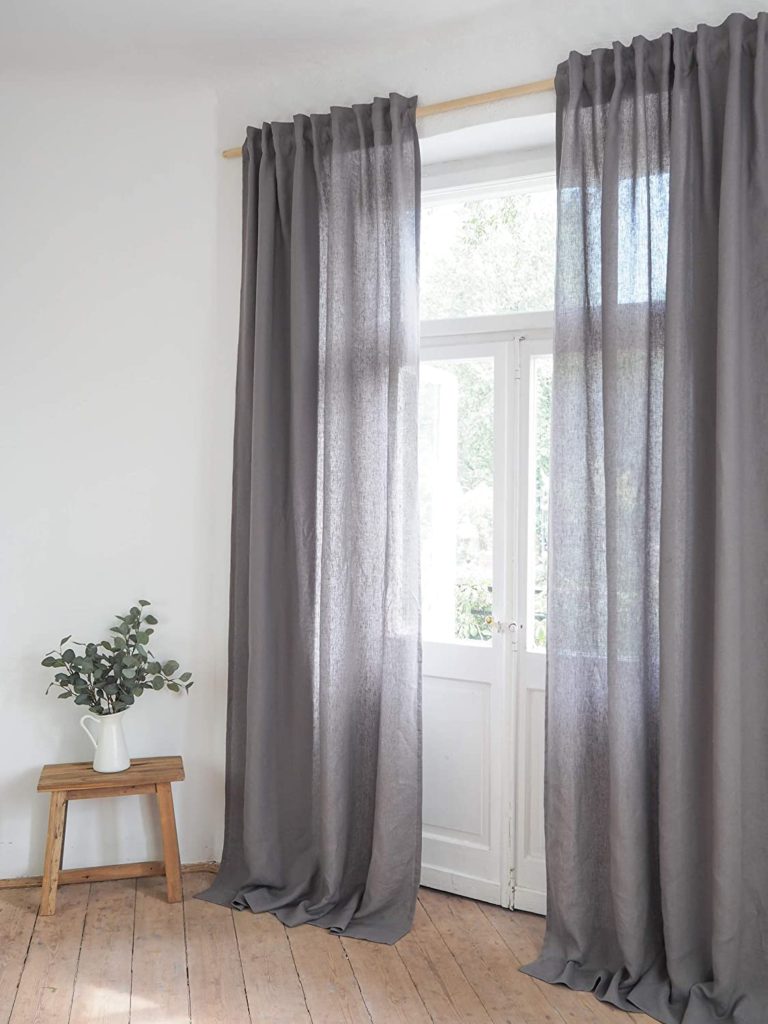
If ordering ready-made curtains (rather than custom-made), err on the side of the panels being too long, rather than too short. You can easily shorten them yourself. Once they arrive, hang them up and measure exactly how much needs to be taken off the length.
Also, be sure to extend the rod approximately 300mm (one foot) beyond the width of the window on each side. This will make your window appear bigger and means that you can push the panels right back for an uninterrupted view to outside!
3. Choose your Tie-Backs (or Simply Leave your Curtains Hang Loose)
Tucking your curtains to each side using tie backs can add a touch of classic elegance to a room. To achieve the correct proportions, always install the tie back one-third of the way up the curtain, never half way.
Leaving your curtains to drape naturally, without the use of tie backs also looks beautiful, especially in a more modern interior setting.
The most sustainable choices would be to opt for wood, natural rope or metal – and avoid plastic-based tie backs.
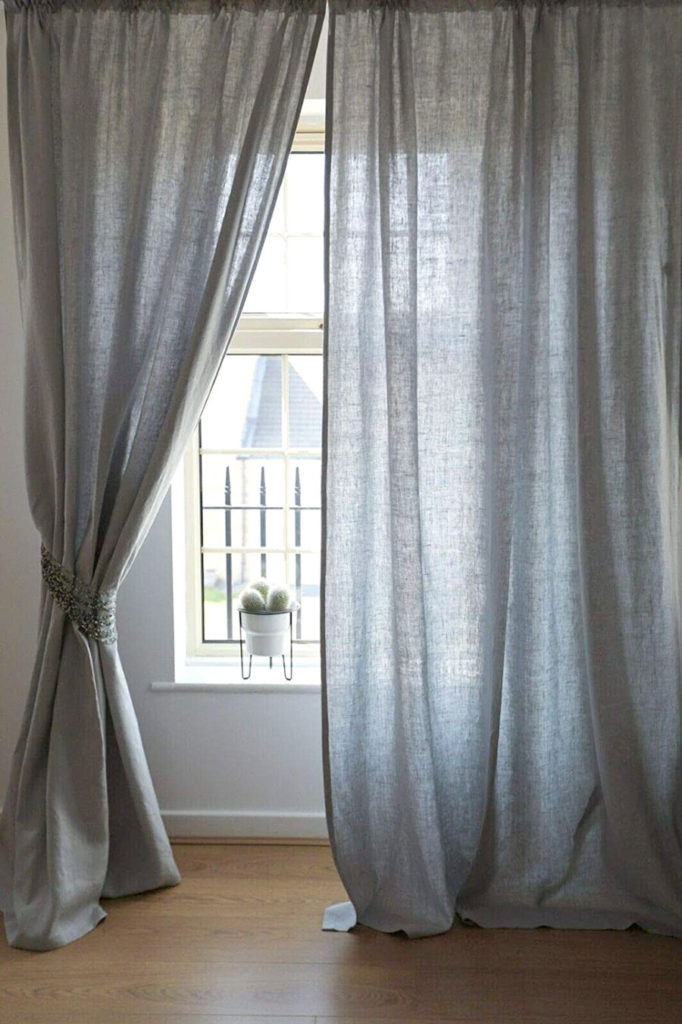
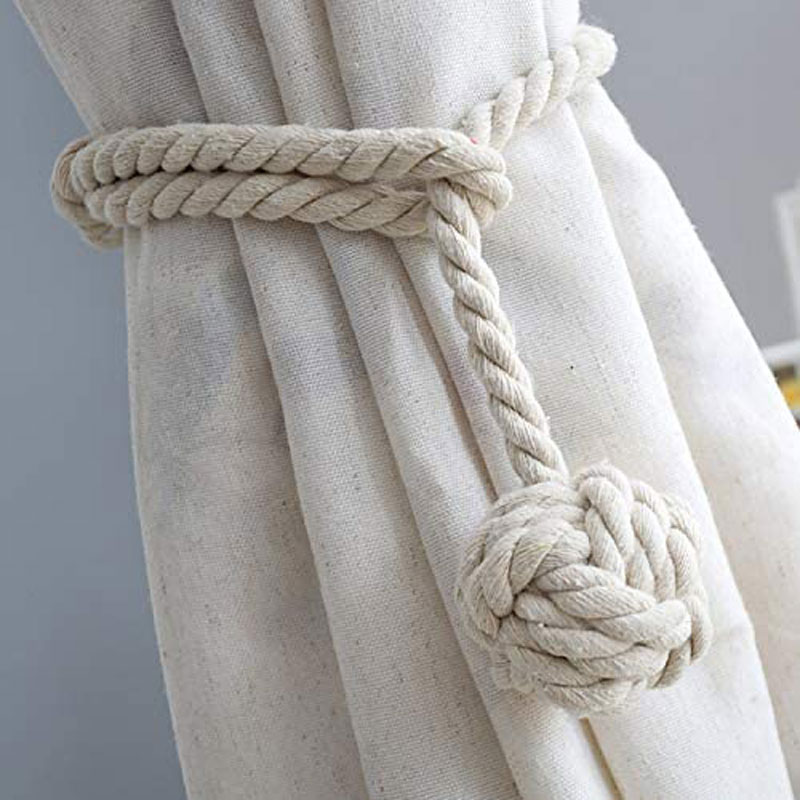
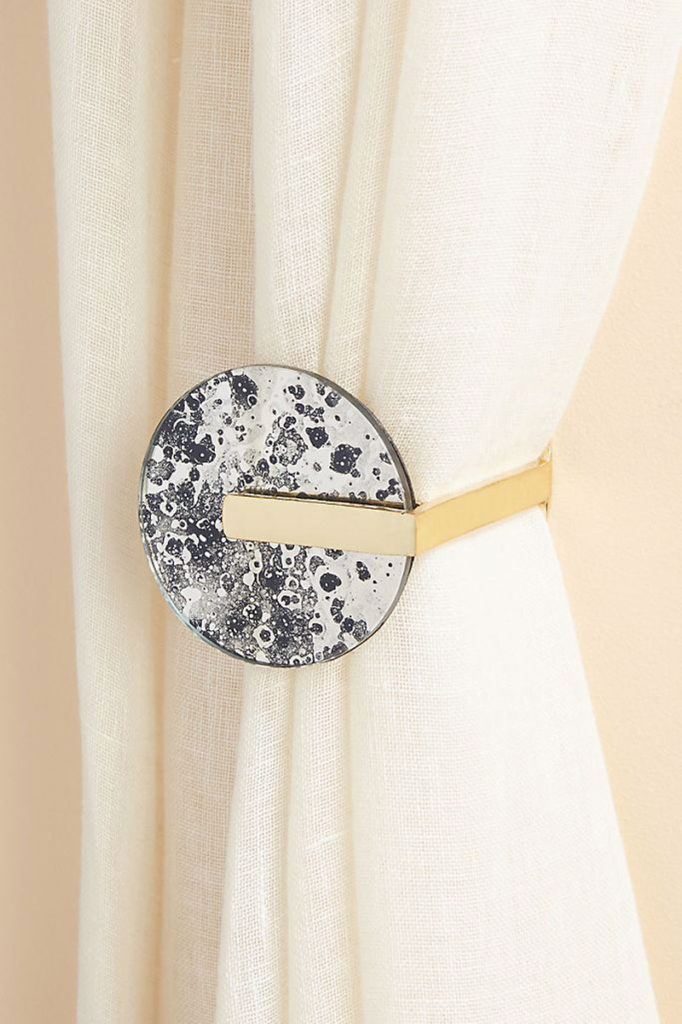
4. Add Window Blinds for Extra Privacy or Daylight-Control
For blinds, many of the options out there are sadly plastic-based – For example, fabric blinds woven from polyester, or Venetian style blinds made from PVC. Instead, opt for blinds woven from natural textiles (linen, cotton), natural bamboo blinds, or Venetian blinds crafted from real wood. Be wary of ‘wood-effect’ or ‘faux wood’ as this means that they may have the appearance of wood, but are in fact made from plastic.
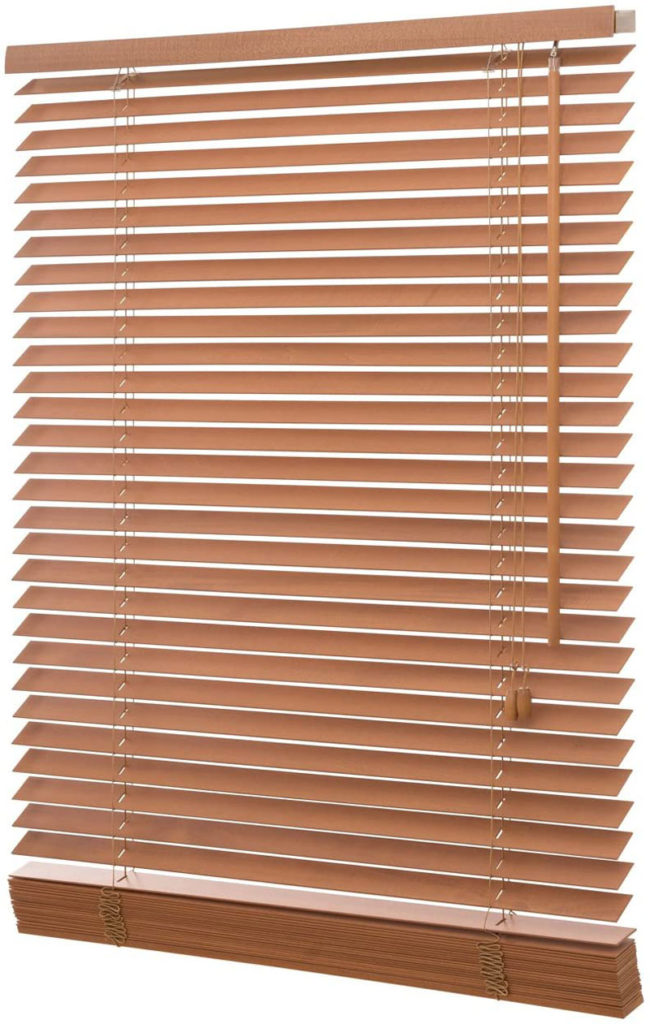
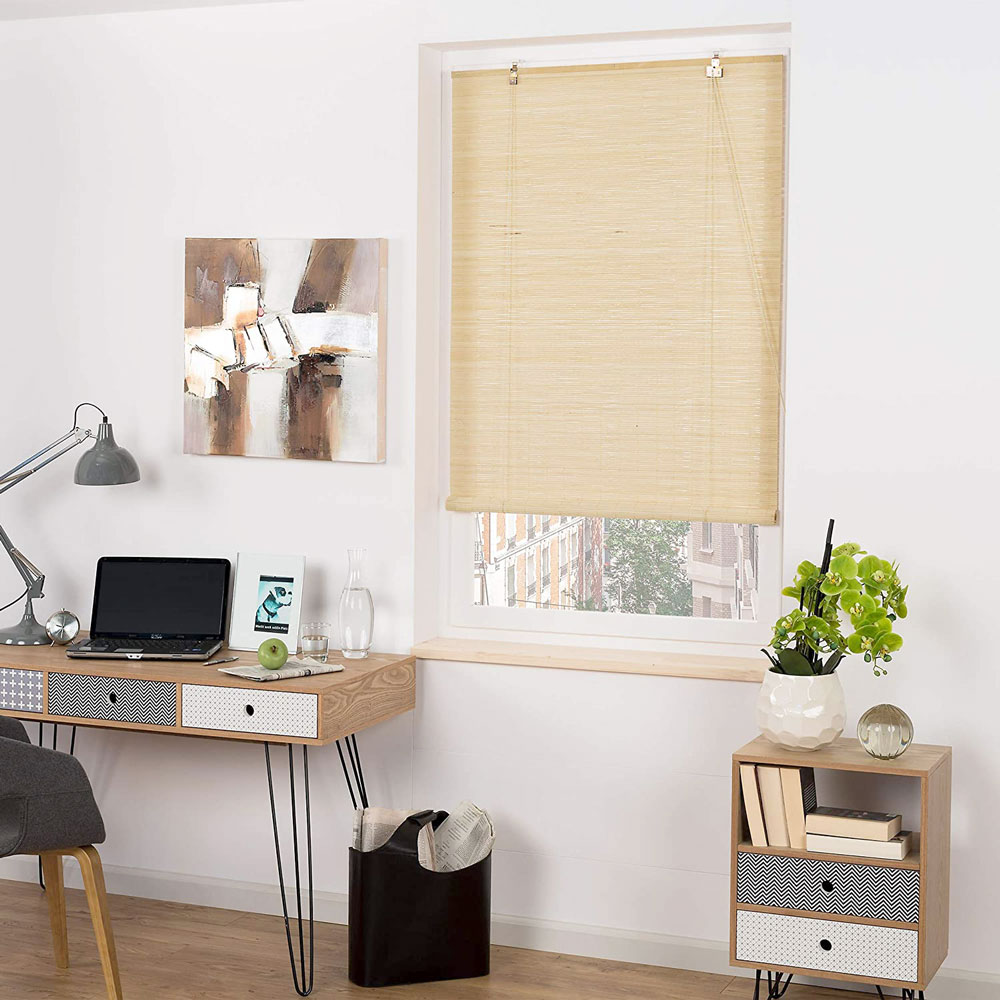
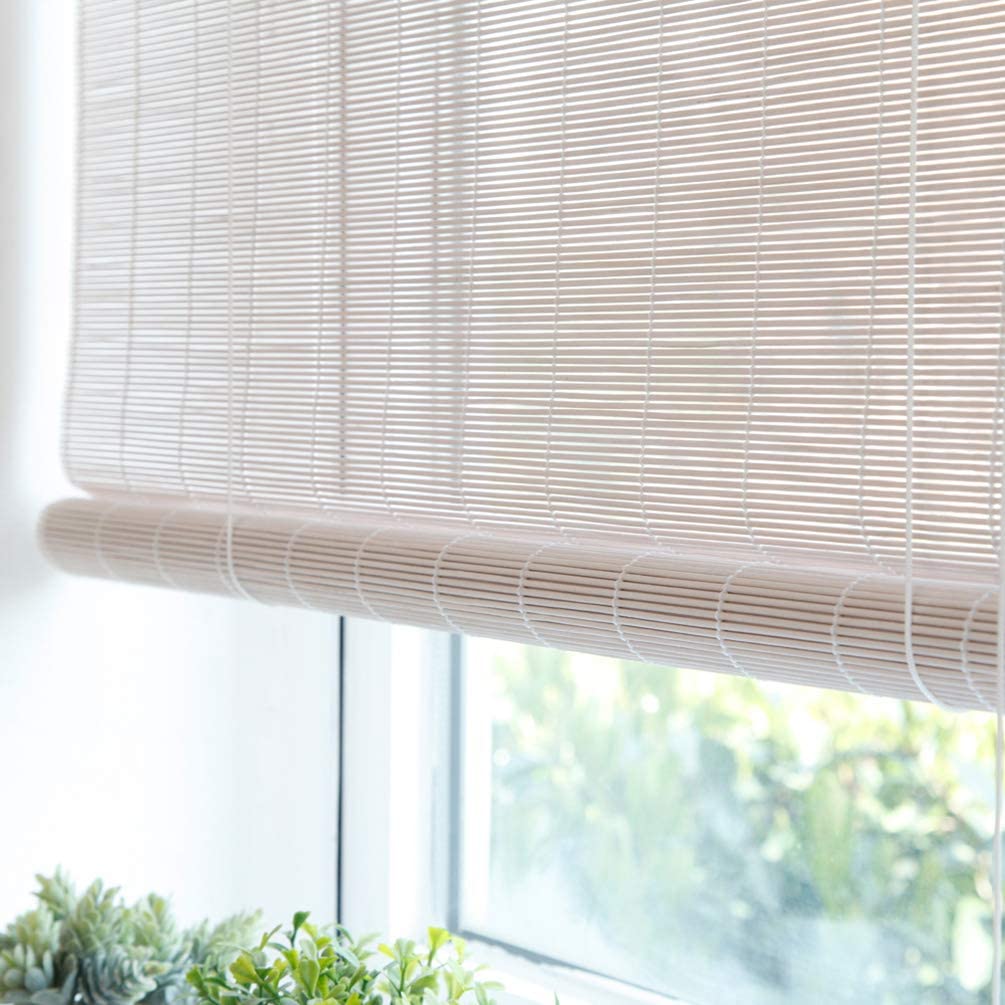
Everyone’s tastes and requirements for window coverings will differ. Whether you love the lightweight, breezy look or prefer heavy black-out coverings; from calm and neutral to colour-mad – there are natural, sustainable choices to cover all bases!

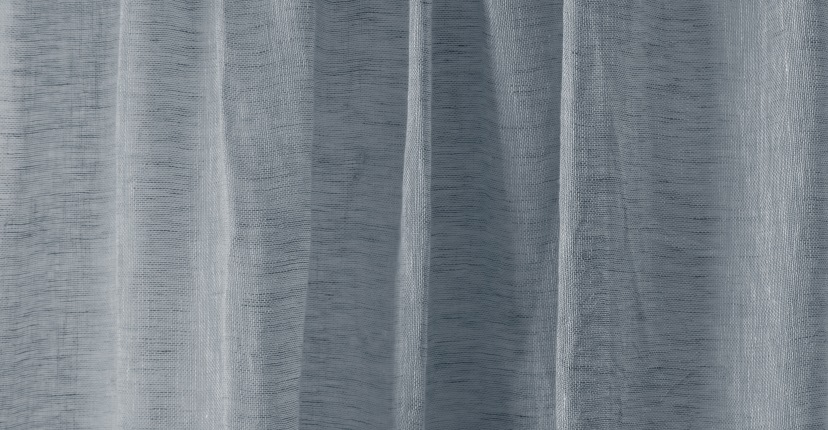
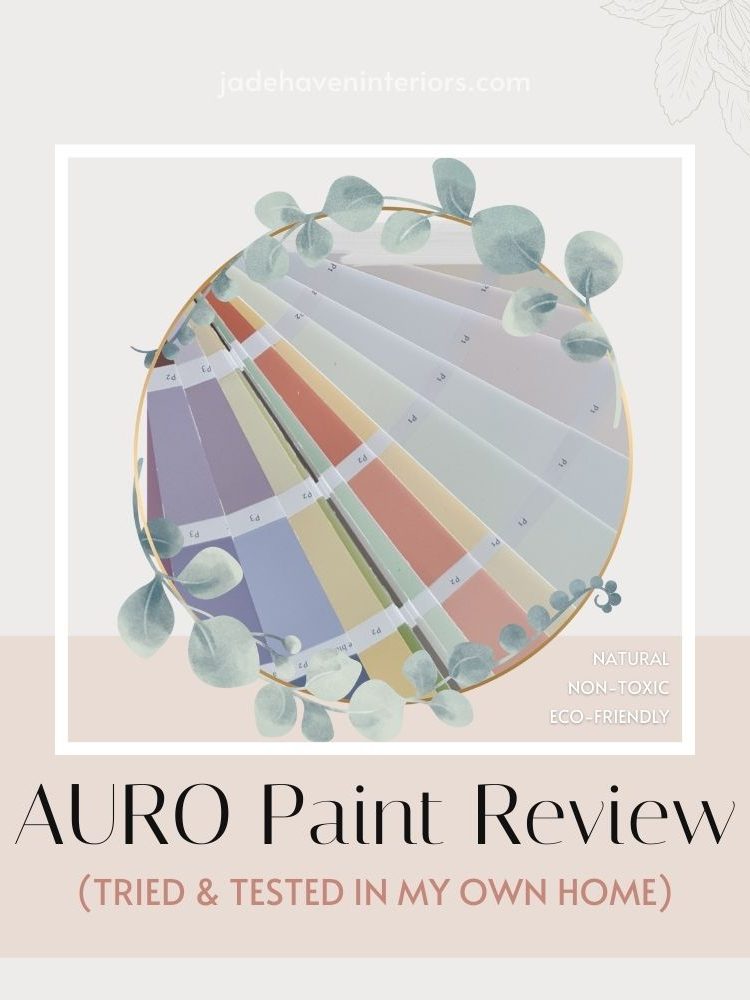
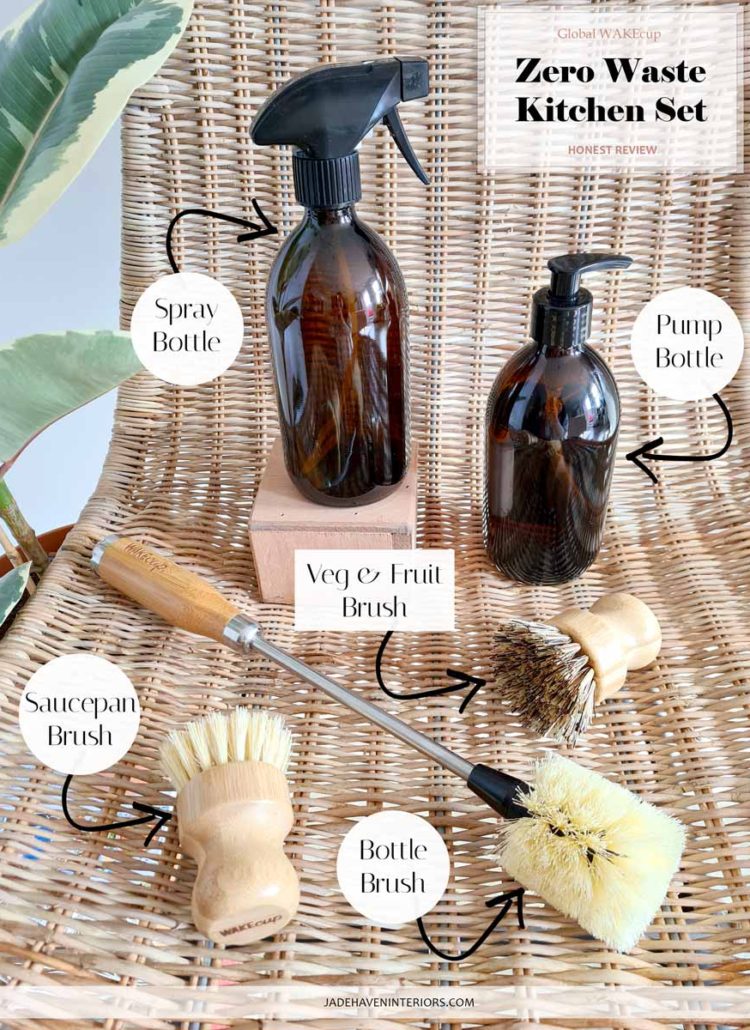

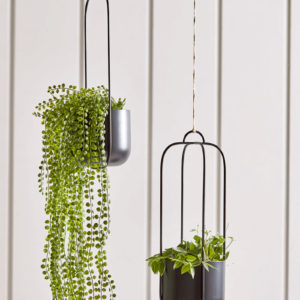

[…] Pure linen, organic cotton and natural bamboo are great materials for curtains and blinds. For more ideas on stylish and eco-friendly options, have a look at this blog post: An Illustrated 4-Step Guide to Window Coverings – The Sustainable Way. […]